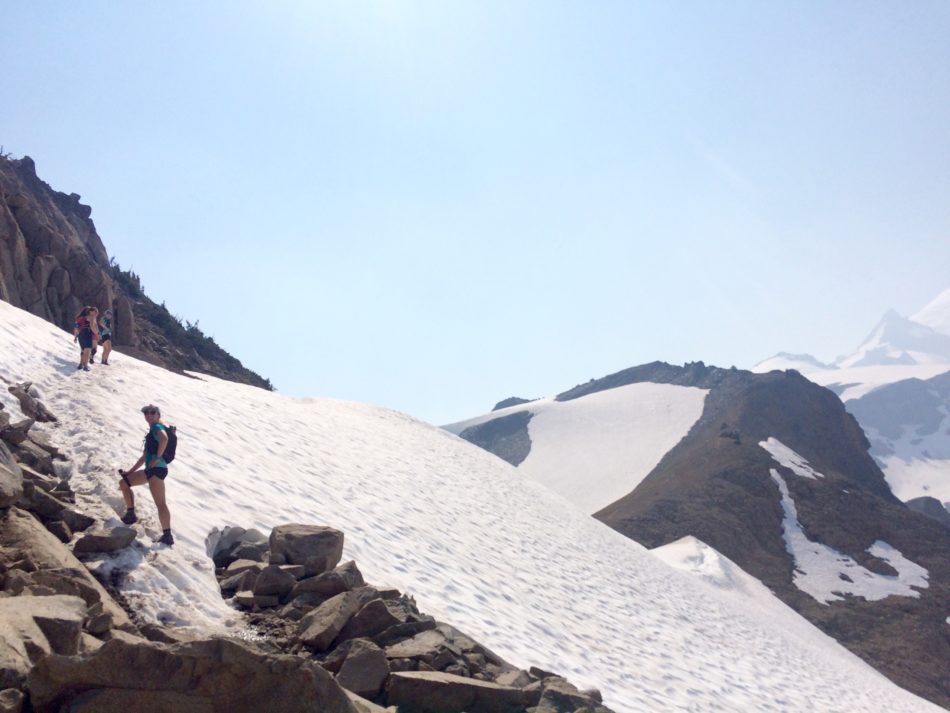The DIY ultra: how to plan your own adventure run
Racing isn't for everyone. Follow these steps to create your own trail adventure
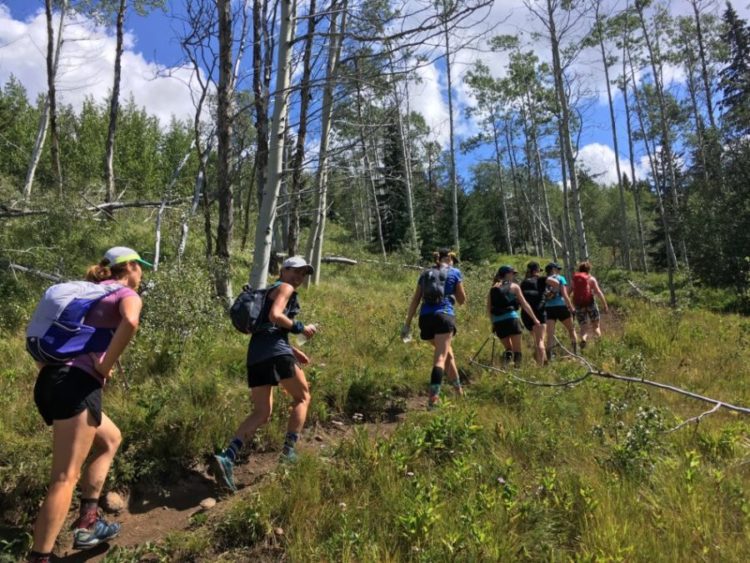
If you run on trails, then you’re a trail runner. Much of the fun in trail running is exploring and training in the trails and mountains, which doesn’t always mean signing up for races. Choosing your own adventure opens up a world of opportunities beyond the parameters of a start and finish line. Here is a do-it-yourself guide to planning adventures.
RELATED: How to plan your 2019 trail year
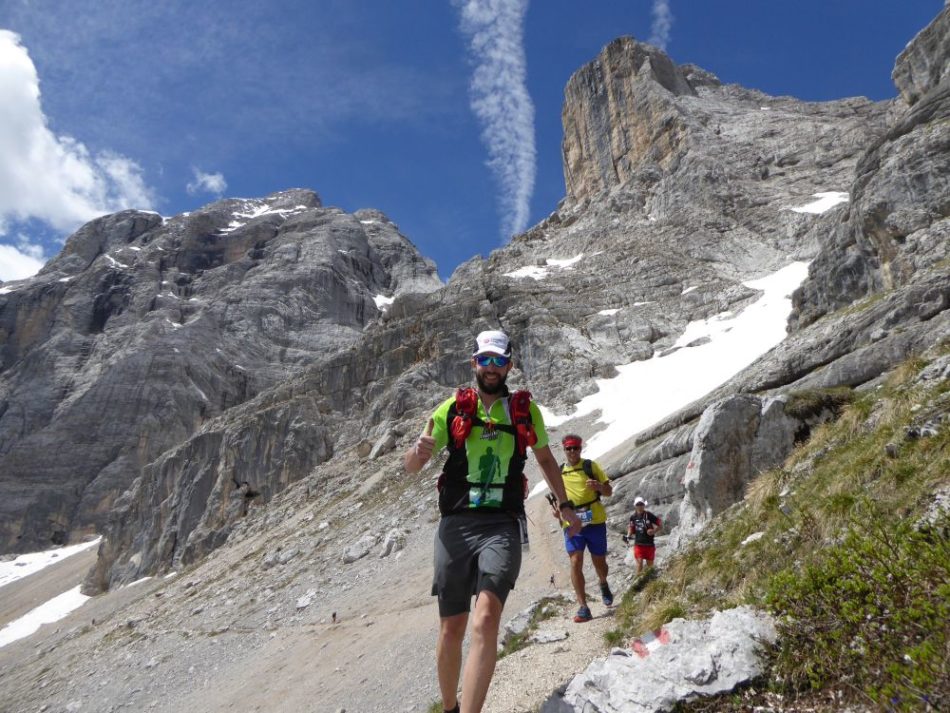
Step 1: Find a destination that excites you
Whether it’s a plane ride away or a block from your front door, adventure ideas are everywhere. This can be a single day or a multi-day adventure. Put your race directing hat on, and get creative. Start with your adventure bucket list, and narrow it down from there. Consider how long you’d like to be exploring for, what trails are calling your name, and who you’d like to invite. For example,the Iceline Trail in Yoho National Park is approximately 21K of majestic runnable terrain, and could be a perfect option for your next trail adventure.
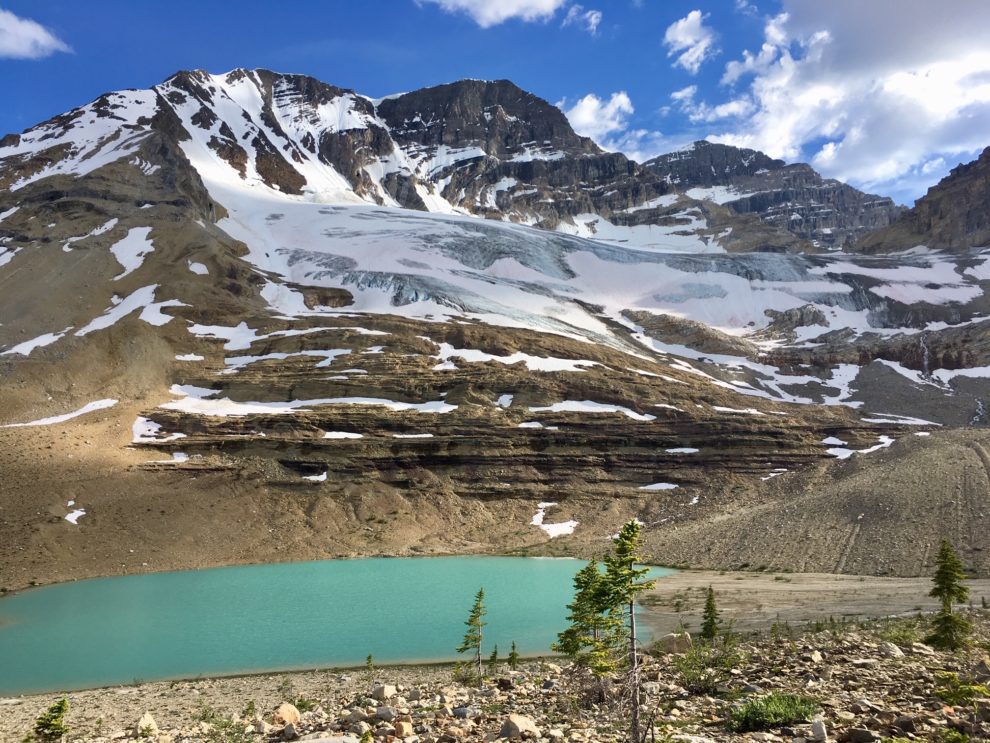
Step 2: Gather your beta
Beta is specific insider information about a route in the backcountry. It involves gathering information from individuals who have recently completed the trail, or summited the mountain. It’s the who, what, when, where, why and how of adventure planning. Once you have chosen your adventure, start connecting with others to get as much information as possible. Check out Facebook groups in that region, read trip reports and message boards online, and understand the weather trends for that area. For the DIY trail adventure, beta is key.
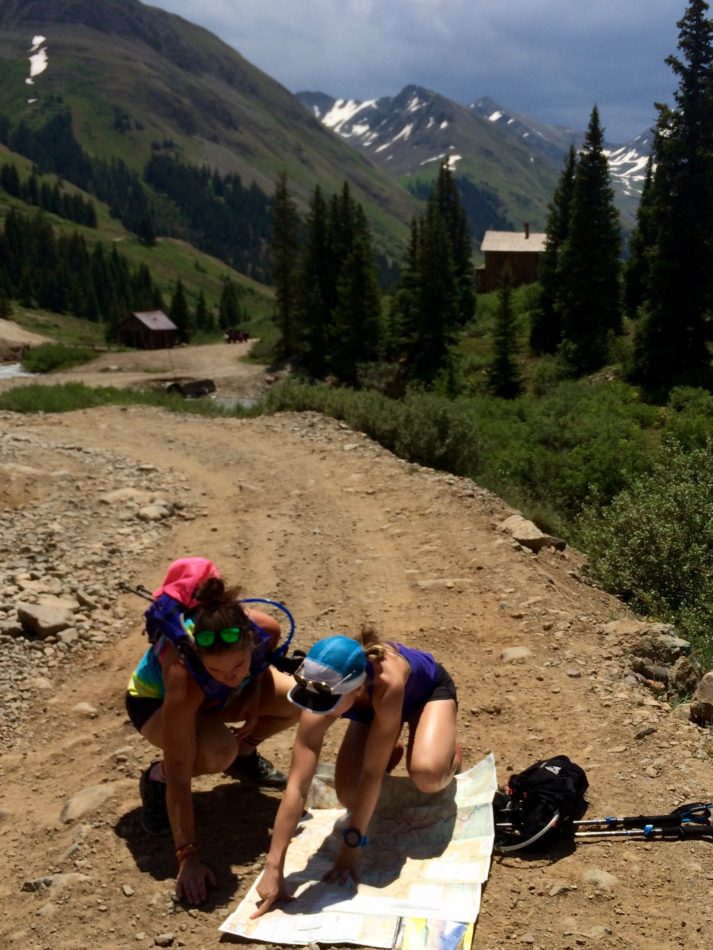
Step 3: Tell your people (sparingly)
Although trail runners are known to be introverted, an adventure isn’t complete without your favourite people to share it with. When adventuring into the backcountry, it’s important to be surrounded by like-minded people. But, proceed with caution before inviting everyone and your uncle. Certain personality traits will mesh well in the backcountry, and others won’t. If and when things go awry on the trails, it’s important to have people who understand each other. For example, one person’s idea of being prepared and staying safe, may not jive with another’s. Align your ‘why’ with your trail teammates to help ensure everyone is on the same page prior to departure. Being inclusive is a wonderful thing. But being particular of who you choose to include can help keep everyone happy and safe.
RELATED: Trail running: where introverts unite
Step 4: Co-ordinate logistics
Once your team is in place, host a logistics party. In other words, invite your people over to review beta, read maps, confirm dates, times, food, carpools, camping and flight details (if applicable).
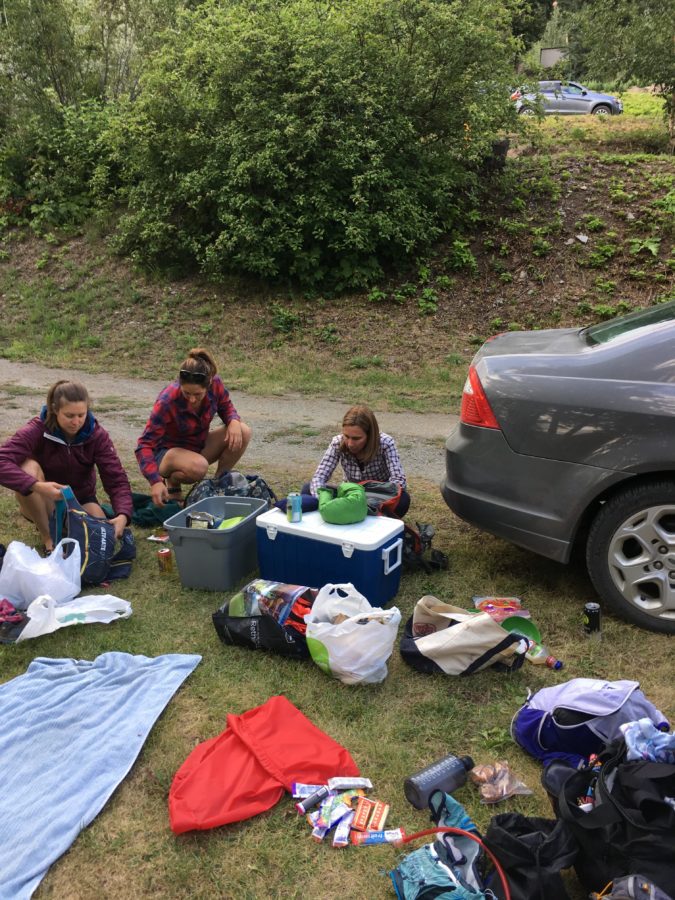
Step 5: Prepare your 10 essentials
When heading out for an all-day or multi-day adventure, safety comes first. Always have the 10 essentials with you (plus extra snacks.)
1. Light (headlamp and batteries)
2. Signalling device (whistle)
3. Fire starter
4. Warm clothes (wool layers)
5. Pocketknife
6. Shelter (small tarp or emergency blanket)
7. Water purification system (tabs or filtration) and extra food
8. First aid kit
9. Navigation system (compass or watch with GPS and a good battery life)
10. Communication device (cell phone with portable charger, beacon, or InReach)
Don’t forget to check in and check out–let someone know where and when you are going, and inform them upon your return.
RELATED: VIDEO The 10 essentials for trail running and backcountry adventure
